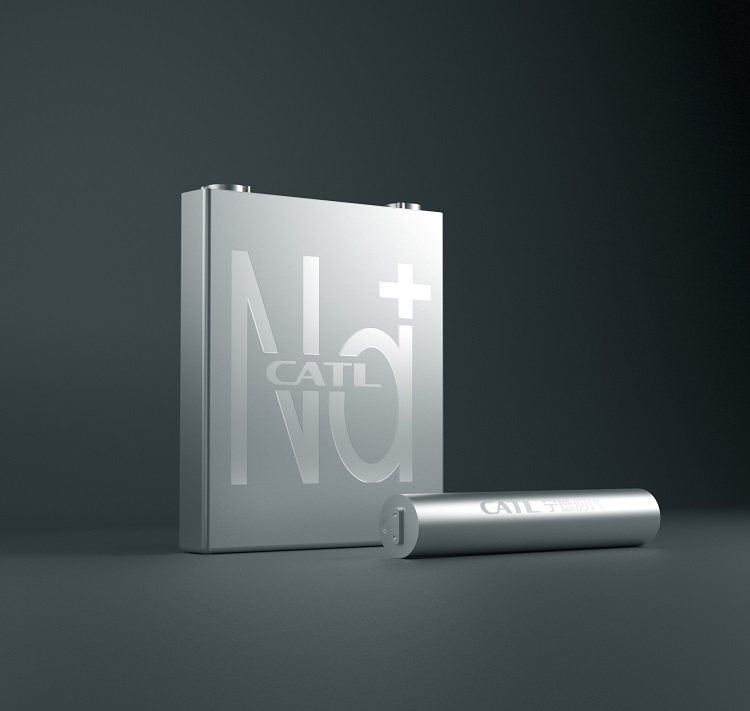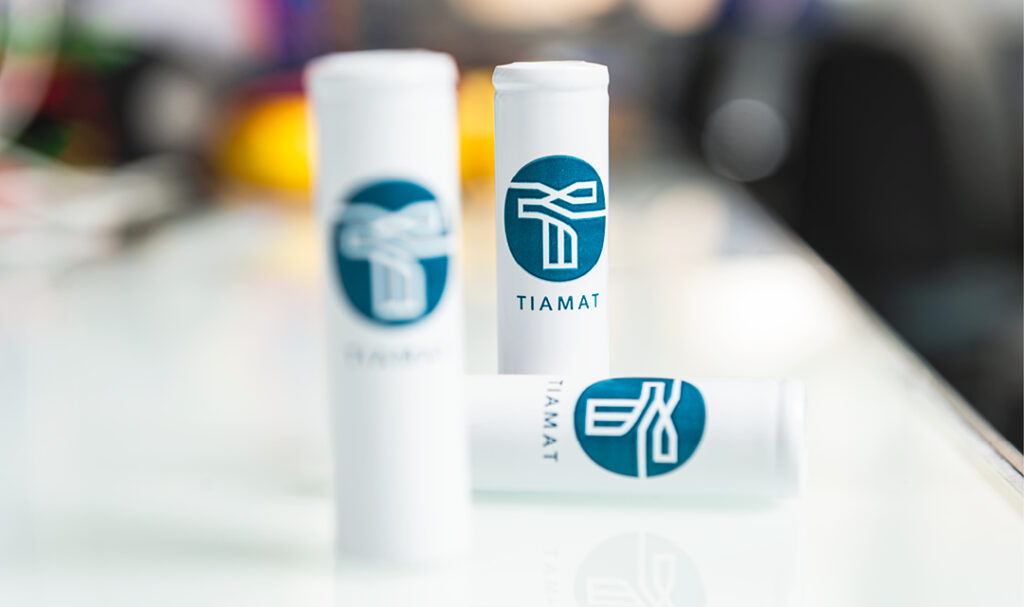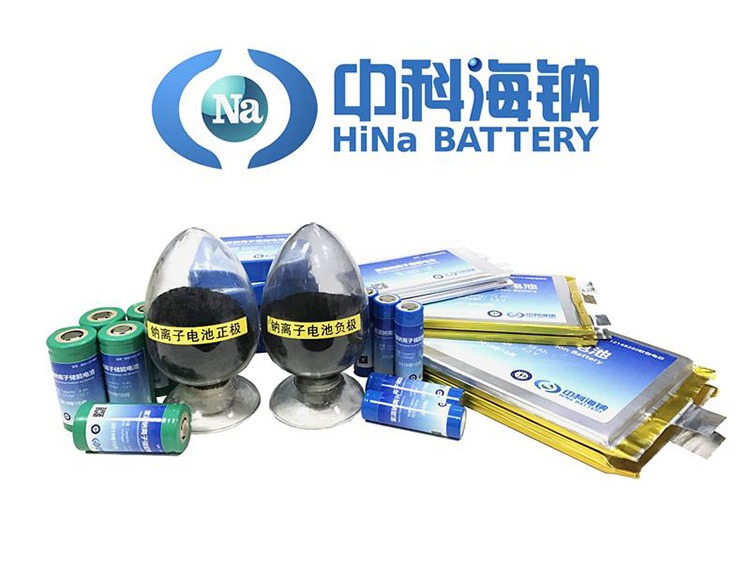 |  |  |
The sodium-ion battery (NIB or SIB) is a type of rechargeable battery that uses sodium ions (Na+) as its charge carriers. Its working principle and cell construction are almost identical with those of lithium-ion battery (LIB) types, but replace lithium with sodium.
Sodium-ion batteries are a potential alternative to lithium-based battery technologies, largely due to sodium’s lower cost and greater availability.[1] Since SIBs use abundant and cheap materials, they are expected to be less expensive than LIBs. The environmental impacts of SIBs are also lower. Although SIBs are heavier and larger than LIBs, they are feasible for stationary energy storage systems where the weight and volume are less crucial.[2]
SIBs received academic and commercial interest in the 2010s and 2020s, largely due to the uneven geographic distribution, high environmental impact and high cost of many of the materials required for lithium-ion batteries. Chief among these are lithium, cobalt, copper and nickel, which are not strictly required for many types of sodium-ion batteries.[3] The largest advantage of sodium-ion batteries is the natural abundance of sodium.[4]
As of 2022, sodium-ion batteries are not commercially significant. The technology is unmentioned in a United States Energy Information Administration report on battery storage technologies.[5] No electric vehicles use sodium-ion batteries. Challenges to adoption include low energy density and insufficient charge-discharge cycles.[6]
Learn more : https://en.wikipedia.org/wiki/Sodium-ion_battery

